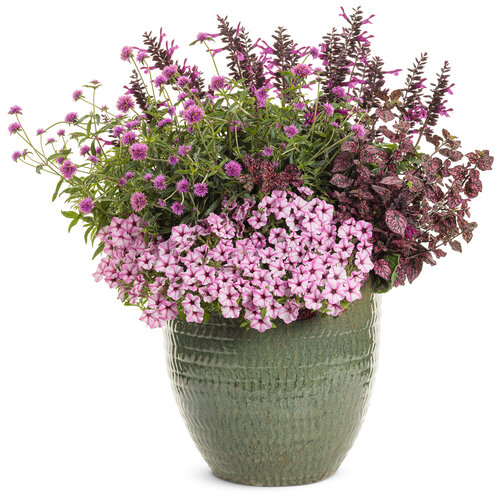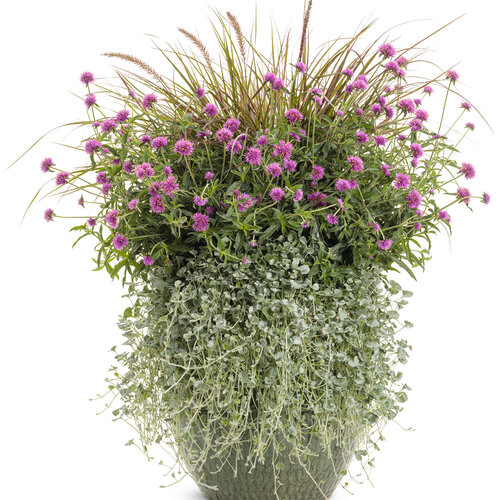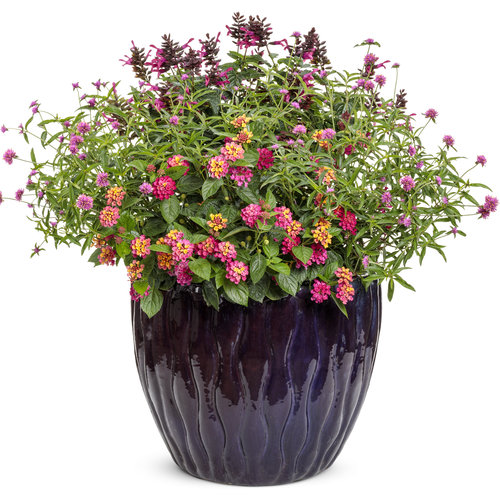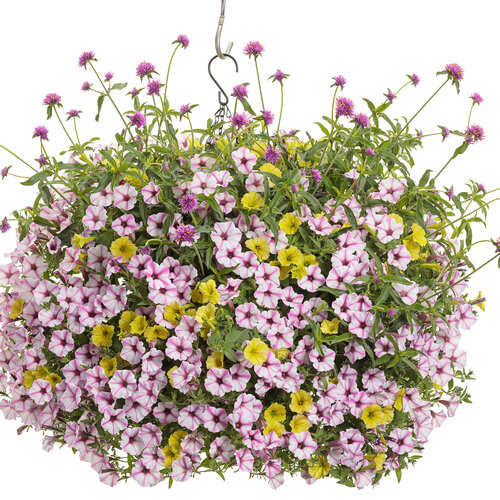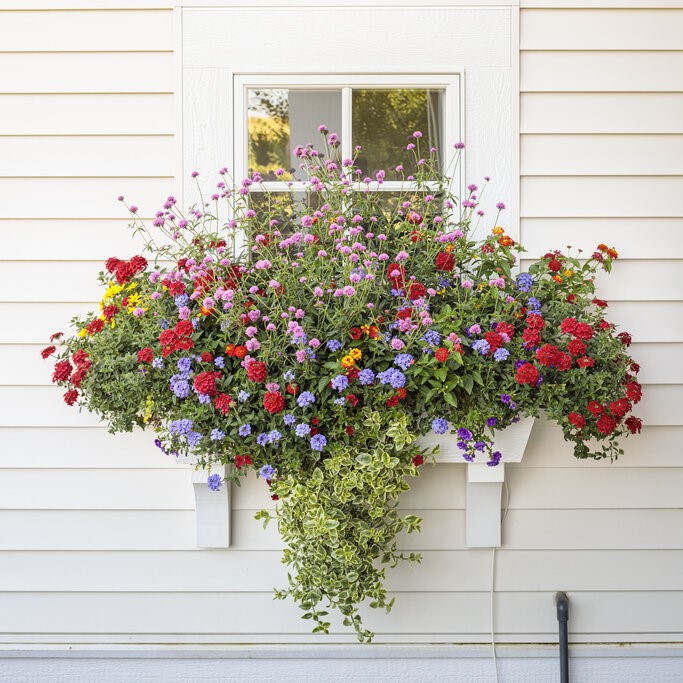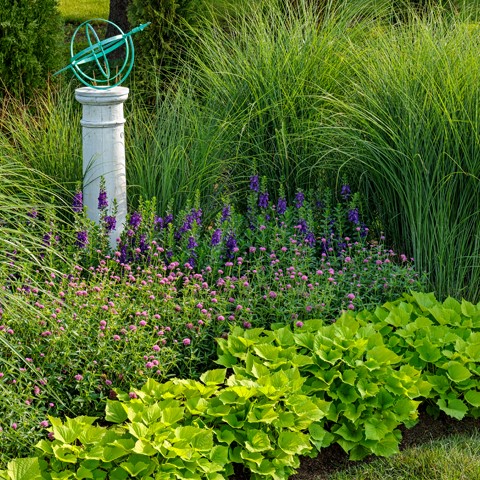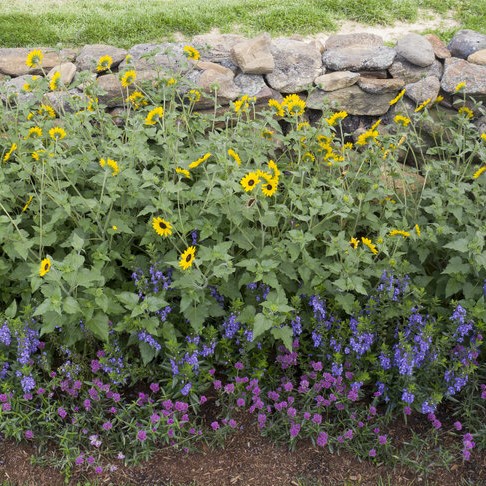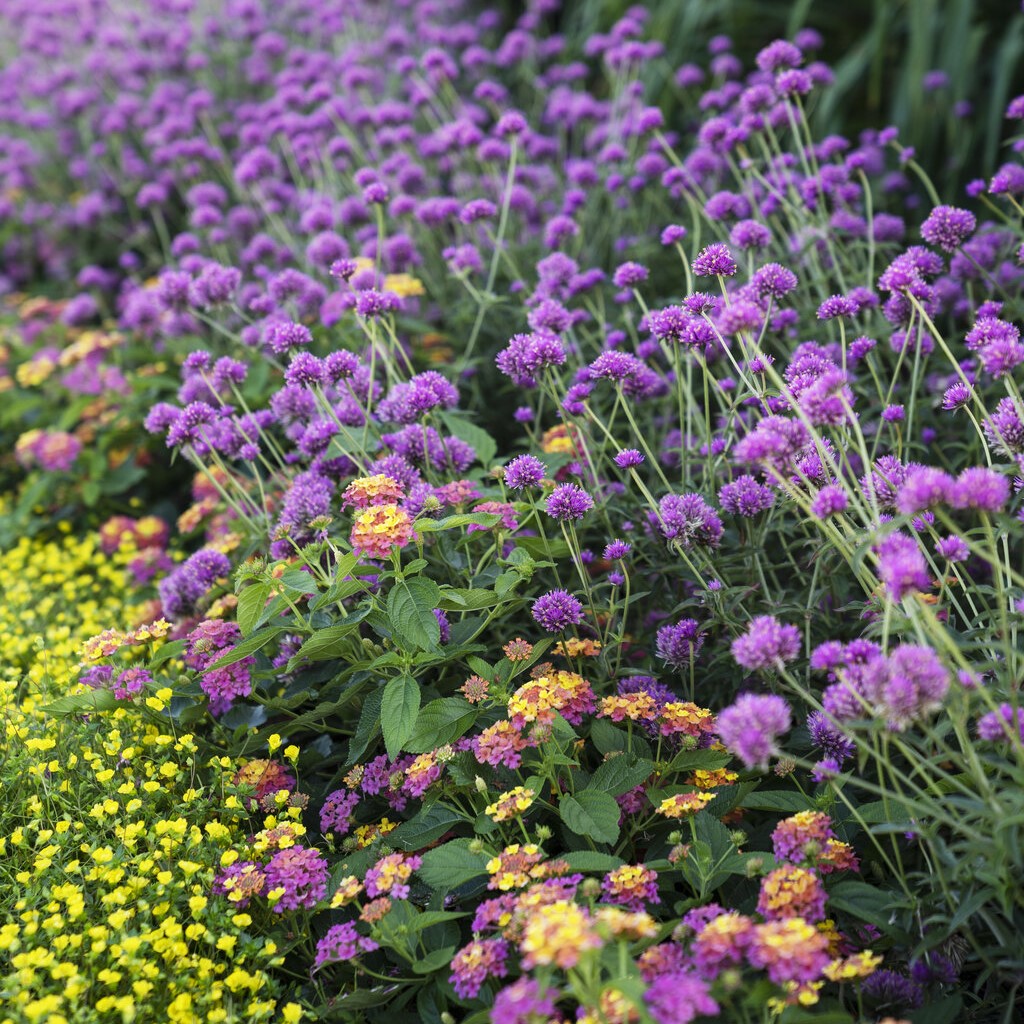Gomphrena - The Ultimate Growing Guide from Proven Winners®
Gomphrena plant blooms continuously from early summer to frost, adding long-lasting color to the landscape.
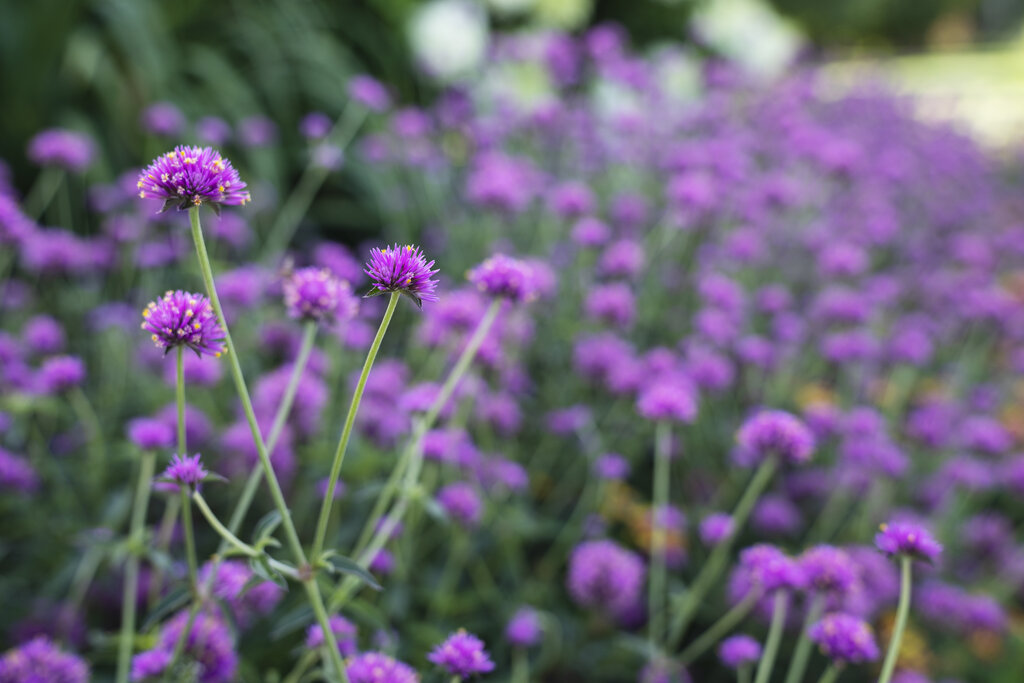 |
Truffula™ Pink Globe Amaranth 2023 |
Buy Proven Winners plants: Find a local garden center or order gomphrena online.
Gomphrena, also known as globe amaranth, is a delightful flowering annual grown for the petite globe-shaped blooms that can be enjoyed fresh or as dried flowers. There are pink, red, orange, purple and white gomphrena varieties, which have narrow deep green leaves and a compact or upright growth habit. Native to Central and South America, most cultivated varieties are from the species Gomphrena globosa, though there are other species grown as garden plants.
The showy heads that resemble clover flowers are actually papery leaf bracts that surround the inconspicuous white or yellow flowers. This long-blooming sun lover is heat and drought tolerant, requiring little maintenance, making it a valuable addition to beds, borders and containers.
PLANTING & GOMPHRENA CARE
How to plant: Choose a site that receives full sun. Follow these steps and space gomphrena plants 6 to 48 inches apart, depending on the variety.
- Loosen soil in the planting area and dig a hole slightly wider and deeper than the root ball.
- Remove the plant from the nursery pot and tease out roots if potbound.
- Set the plant in the hole with the base level with the soil.
- Backfill the hole with soil and tamp down slightly to remove air pockets. Water well.
Soil: Plant in average garden soil that drains well. Gomphrena can tolerate different soils as long as there is good drainage. When planting in containers, use a high quality all-purpose potting mix.
Watering: Though somewhat drought tolerant once established, gomphrena prefers regular water for optimal plant vigor and flowering. Keep plants evenly moist but not soggy. Overhead watering or poor air circulation can cause powdery mildew or other fungal diseases.
Fertilizing: Gomphrena needs little or no supplemental fertilizer. Add compost to the soil at the time of planting or mulch around the base of plants with compost which will provide nutrients, suppress weeds and retain moisture. For containers, use a potting mix that contains a time-release fertilizer.
Pruning: Young plants can be pinched to encourage a bushy growth habit and more blooms.
IDEAS FOR USING GOMPHRENA IN YOUR LANDSCAPE
- Use globe amaranth in a mixed border to fill in gaps for quick color.
- Grow gomphrena in a cutting garden in combination with other flowers for cutting such as black-eyed Susan, cosmos, dahlia, daisy, pinks, sunflower and zinnia.
- Plant in a cottage-style border alongside other traditional cottage garden flowers for bright color all summer long.
- Edge a pathway or border with globe amaranth for months of continuous color.
- Plant gomphrena in a dried cutting garden for use in everlasting arrangements and crafts. Other plants with everlasting flowers include statice, strawflower, love-in-a-mist (Nigella), poppy, lavender and globe thistle.
- Mass in a bed or border with other bedding plants such as petunias, calibrachoa, lobelia, marigold, coleus and salvia.
- Attract butterflies and other insect pollinators by planting gomphrena with other pollinator-attracting plants such as ageratum, pentas, milkweed and lantana.
- Combine a compact gomphrena variety as a filler element in a hanging basket or window box in combination with a focal plant such as lantana and a vining plant such as sweet potato vine for a “thriller, filler, spiller” effect.
GOMPHRENA COMBINATIONS
Click through these links for Proven Winners® Truffula™ Pink gomphrena plant combinations to try in your yard:
| |||
FAQ’s
Do you deadhead gomphrena?
Gomphrena flower heads need no regular deadheading. The ornamental blooms can be used as cut flowers in fresh or dried arrangements.
What is gomphrena good for?
Gomphrena is in the amaranth family and is considered an edible plant. Tea made from the leaves is thought to have anti-inflammatory properties and is a source of nutrients and antioxidants.
Is gomphrena a hardy annual?
An annual in most regions, gomphrena may survive as a perennial in USDA zones 9-11.
Are globe amaranth plants toxic?
All parts of the globe amaranth plant are safe for pets and children.
Does globe amaranth come back every year?
Globe amaranth is an annual in most climates, surviving for just one growing season. In frost-free regions, globe amaranth may overwinter from year to year.
Can globe amaranth grow in shade?
Globe amaranth prefers at least 6 to 8 hours of full sun. Too much shade will result in fewer flowers and weak, leggy growth.
Does globe amaranth attract butterflies?
Globe amaranth is attractive to butterflies and other insect pollinators. Include this beneficial plant as part of a wildlife-friendly garden.
Buy Proven Winners plants:




